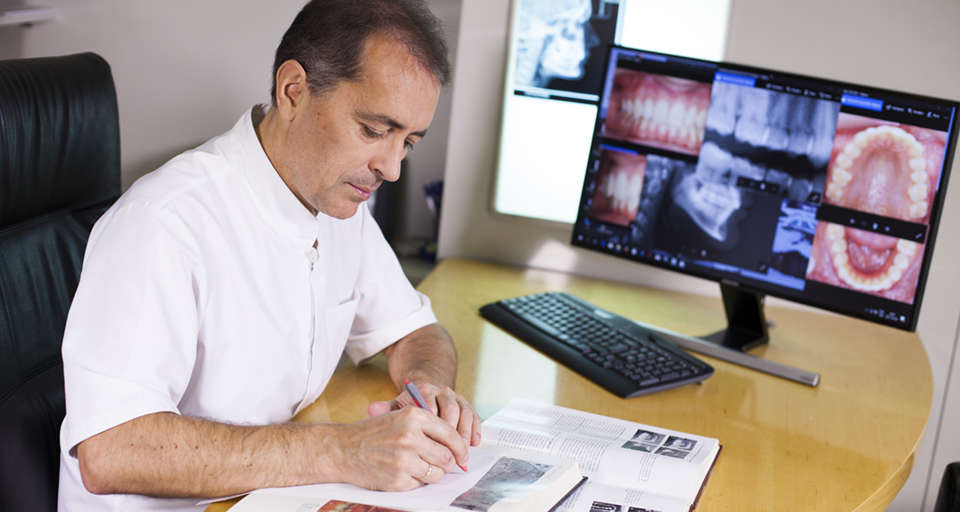A survey of general dentists regarding orthodontic retention procedures.
Written by admin on February 28, 2017
Eur J Orthod. 2017 Feb;39(1):69-75. doi: 10.1093/ejo/cjw011. Epub 2016 Mar 11.
Habegger M(1), Renkema AM(1), Bronkhorst E(2), Fudalej PS(3)(4), Katsaros C(1).
Author information:
(1)Department of Orthodontics and Dentofacial Orthopedics, University of Bern,
Switzerland.
(2)Departments of Orthodontics and Dentofacial Biology and.
(3)Department of Orthodontics and Dentofacial Orthopedics, University of Bern,
Switzerland, piotr.fudalej@zmk.unibe.ch.
(4)Department of Community and Restorative Dentistry, Radboud University
Nijmegen Medical Centre, The Netherlands, and.
AIM: To explore 1. how Swiss general dentists deal with complications associated
with fixed orthodontic retainers, 2. collaboration between general dentists and
orthodontists with regards to the organization and responsibility for long-term
follow-up of orthodontic retainers, and 3. the need for standardized clinical
guidelines regarding orthodontic retention.
METHODS: A structured questionnaire was sent to 201 randomly selected dentists.
They were asked about their experience with retainers, opinions regarding the
advantages and disadvantages of different types of retainers, responsibility for
patients wearing bonded retention and the communication between orthodontists
and general dentists. Statistical analysis was carried out using SPSS software.
RESULTS: The response rate was 61 per cent. About 55 per cent of the respondents
had had experience with bonding fixed retainers and even more were familiar with
their follow-up and repair. In case of complications, dentists usually contacted
orthodontists according to the following rule: the more severe the complication,
the more intense the communication. Most dentists hesitated to remove retainers
when requested to do so by the patient and attempted to convince them to
continue wearing them. Retainers bonded to all six anterior teeth were
considered more efficient than those bonded to canines only; however, possible
side effects (e.g. unwanted changes of the torque) were not well known. 66.4 per
cent respondents were willing to take responsibility for patients in retention
as early as 6 months after retainer placement. 93.2 per cent respondents would
welcome the establishment of standardized guidelines.
CONCLUSIONS: Swiss general dentists have good knowledge of orthodontic retention
and follow-up procedures. Nevertheless, introduction of clinical guidelines
including information on the possible side-effects of bonded retention is
justified.
© The Author 2016. Published by Oxford University Press on behalf of the
European Orthodontic Society. All rights reserved. For permissions, please
email: journals.permissions@oup.com.
DOI: 10.1093/ejo/cjw011
PMID: 26969423 [Indexed for MEDLINE]




